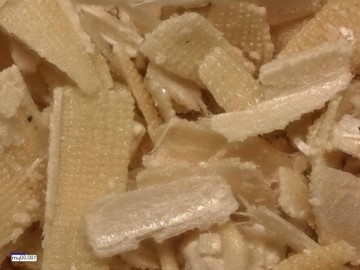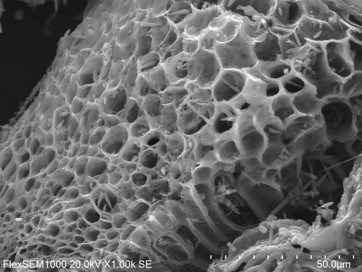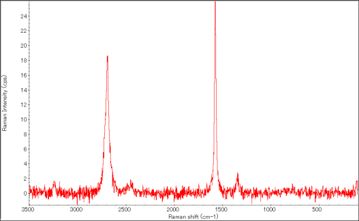Porous nano-carbon from rice husk
All most all rice husks now have discarded. However, rice husk has a unique porous nano structure. It will become very useful if this structure is successfully utilized in some applications.
The carbonized rice husks include half of C and half of SiO2. The C and SiO2 atoms are complicatedly mixed and form a porous structure. If SiO2 is removed from the carbonized rice hulks, carbon will remain in a porous structure.
After an alkali washing process of carbonized rice hulks, SiO2 are removed and porous carbon is achieved in a honeycomb structure. The porous size is ranged from 100nm to 10 um. Finally, highly graphitized porous nano carbon material can be achieved by furthermore high-temperature annealing process.
We have established a continuous process from carbonization to annealing process to achieve such nano-porous graphite carbon in laboratory scale. The walls in the honeycomb structure are very thin and show graphene performance.


